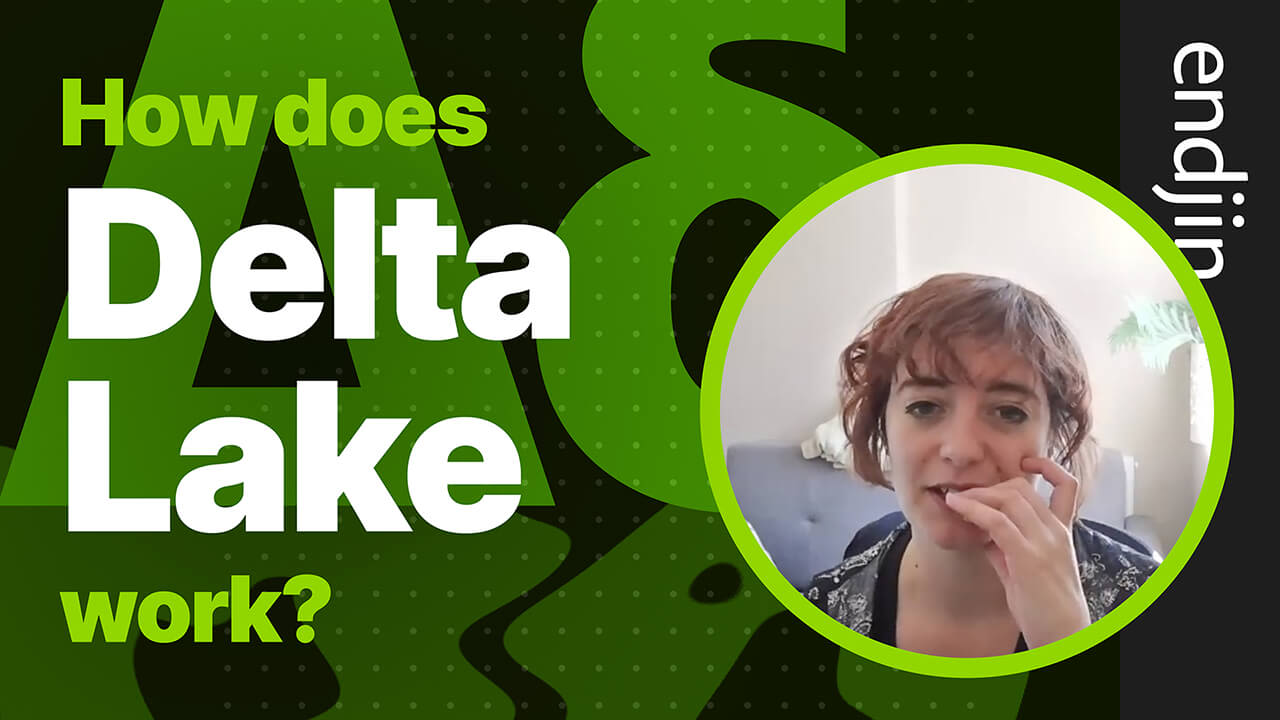How does Delta Lake work?

In this video, Carmel Eve explores the game-changing technology that's finally made Data Lakehouses a practical reality for organisations worldwide.
Following on from her introduction to Data Lakehouses, she dives deep into how OpenTable formats like Delta Lake, Apache Iceberg, and Apache Hudi have solved the performance challenges that previously limited adoption.
What You'll Learn
Carmel demonstrates how these innovative metadata layers bridge the gap between traditional data lakes and data warehouses, enabling:
- ACID transactions across multiple files - essential for data consistency
- Schema validation and enforcement - reject non-compliant data automatically
- Time travel and data versioning - create repeatable audit trails
- Unified batch and stream processing - support diverse workload patterns
- SQL-like querying performance - rival traditional databases whilst handling mixed data types
Key Technical Insights
Discover how OpenTable formats achieve massive performance improvements through:
- Intelligent indexing strategies that eliminate costly table scans
- Multi-tier caching mechanisms for frequently accessed data
- Statistical metadata collection for query optimization
- Z-ordering for multi-dimensional data clustering
- Predictive optimization capabilities in platforms like Databricks Unity Catalog
Why This Matters
For years, organisations have struggled to support both business analytics and data science workloads on the same platform. Carmel explains how this metadata revolution finally enables true convergence - allowing teams to work smarter, not harder, with their data infrastructure. Whether you're architecting a new data platform or optimising an existing one, understanding these OpenTable formats is crucial for modern data engineering success.
Get in Touch
Interested in implementing a Data Lakehouse architecture? Drop us a line at [email protected] to discuss how these technologies can transform your data strategy.
Chapters
Published on:
Learn more